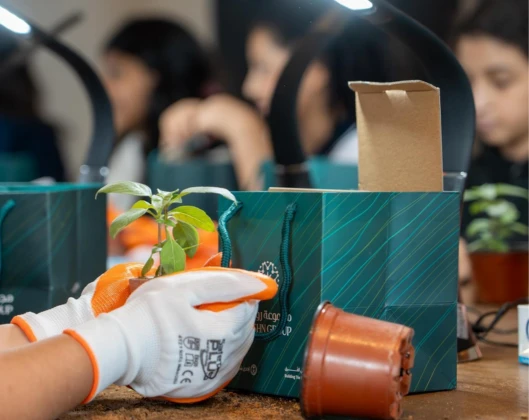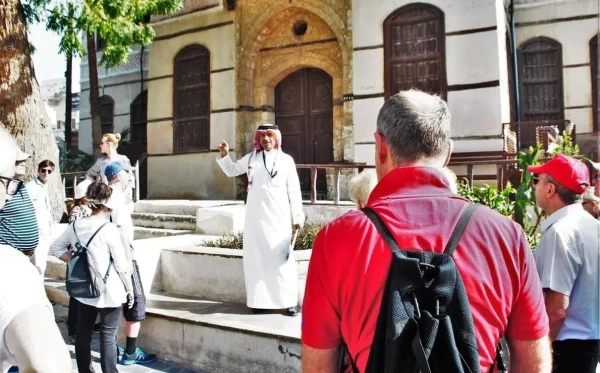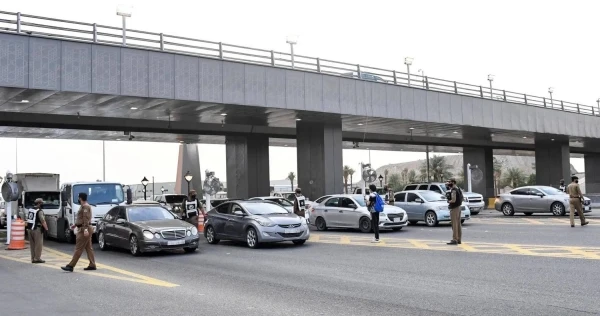January 15, 2025, Princess Haifa Al-Mogrin, the Saudi ambassador to Spain, stopped at the Ministry of Interior's booth at the 4th Hajj and Umrah Conference and Exhibition in Jeddah. With the topic “The Road to the Nusuk," the conference serves as a crucial forum for talking about innovations meant to improve the pilgrimage experience for millions of Muslims around the world.
Insights from the Pavilion Tour
Princess Haifa received an update on the Ministry of Interior's efforts to guarantee a secure and effective Hajj experience during her visit. These projects include digital solutions for efficient crowd control at holy sites and sophisticated Al-enhanced security systems. With special attention to the Makkah route project and the “ No Hajj Without a Permit Campaign”, which expedite procedures for pilgrims, the ambassador conveyed her gratitude for the ministry's efforts.The pavilion displayed a number of technology innovations designed to increase accessibility and safety during the Hajj season.
Conference Highlights
Over 300 domestic and foreign organizations have registered for the Hajj and Umrah Conference, which runs through January 16 and features technologies designed to enhance pilgrim experiences. Talks have focused on using technology to solve issues like crowd management and individualized services that arise during the Hajj and Umrah.
New Developments
The Ministry of Hajj and Umrah's deputy minister of planning and digital transformation, Abdulaziz Al-Matahami, emphasized new developments like the redesigned Nusuk app, which offers a wide range of services like hotel bookings and permissions to enter the Two Holy Mosques. He pointed out that these initiatives are a part of a larger plan to combine government institutions and automate traditional services for a more personalized pilgrim experience.
Commitment to Innovation
The Saudi government's proactive approach to crowd control and safety demonstrates its dedication to using AI-enhanced security systems and technology to improve the pilgrimage experience. During busy seasons, it is anticipated that the implementation of facial recognition technology and mobile command centers with artificial intelligence capabilities will greatly cut down on entry point wait times and boost overall productivity.
Conclusion
Princess Haifa Al-Mogrin's visit to the Ministry of Interior's pavilion highlights Saudi Arabia's commitment to providing a technologically sophisticated, safe, and effective Hajj experience. It is evident from the conference's ongoing deliberations that innovation will be crucial in determining how pilgrimage services are conducted in the Kingdom going forward.








